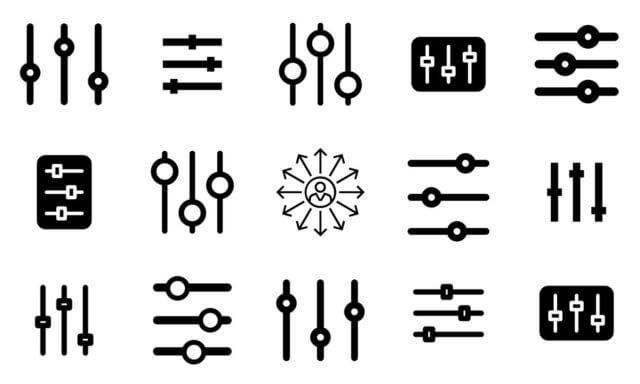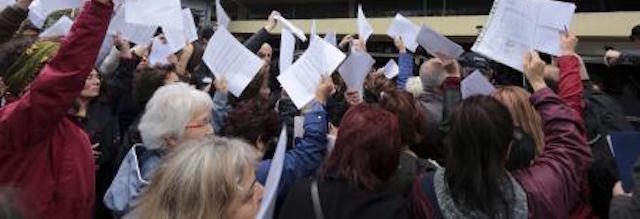Give meeting-goers many options!

When we preschedule an entire conference program, each attendee’s only remaining choice becomes which sessions to attend. It’s like how the news industry uses polls, as described by Jeff Jarvis:
“Polls are the news industry’s tool to dump us all into binary buckets: red or blue; black or white; 99% or 1%; urban or rural; pro or anti this or that; religious (read: evangelical extremist) or not; Trumpist or not; for or against impeachment. Polls erase nuance. They take away choices from voters before they get to the real polls, the voting booth. They silence voices.”
—Jeff Jarvis, Polls subvert democracy
Predetermined meeting programs silence attendees’ voices in the same way.
So how do we give meeting-goers many options without taxing their stamina and powers of concentration?
Use event crowdsourcing to give attendees the right options!
Event crowdsourcing allows participants to create the sessions that they want and need. Opening techniques such as The Three Questions; Reminders, Sparks, Questions, Puzzles; Peer Session Selection and Sign-up; and Post it! For Programs make it possible to create conference programs at the event that truly reflect participant desires. Every session created this way is virtually guaranteed to be of interest to attendees because they chose them earlier in the event!
Event crowdsourcing thus avoids the two biggest problems endemic to traditional meetings: not including the sessions that attendees actually want and need, and overwhelming attendees with too many choices crammed into an exhausting schedule.
I have been using event crowdsourcing at conferences for decades. The programs that it constructs are invariably well-received and highly rated. Participants love being actively involved in choosing what they want to learn and discuss, and they typically uncover great session topics that were not on anyone’s radar before the event.
So if you want to give meeting-goers many appealing choices, use event crowdsourcing at your meetings. More information on my comprehensive event crowdsourcing manual is available here.



